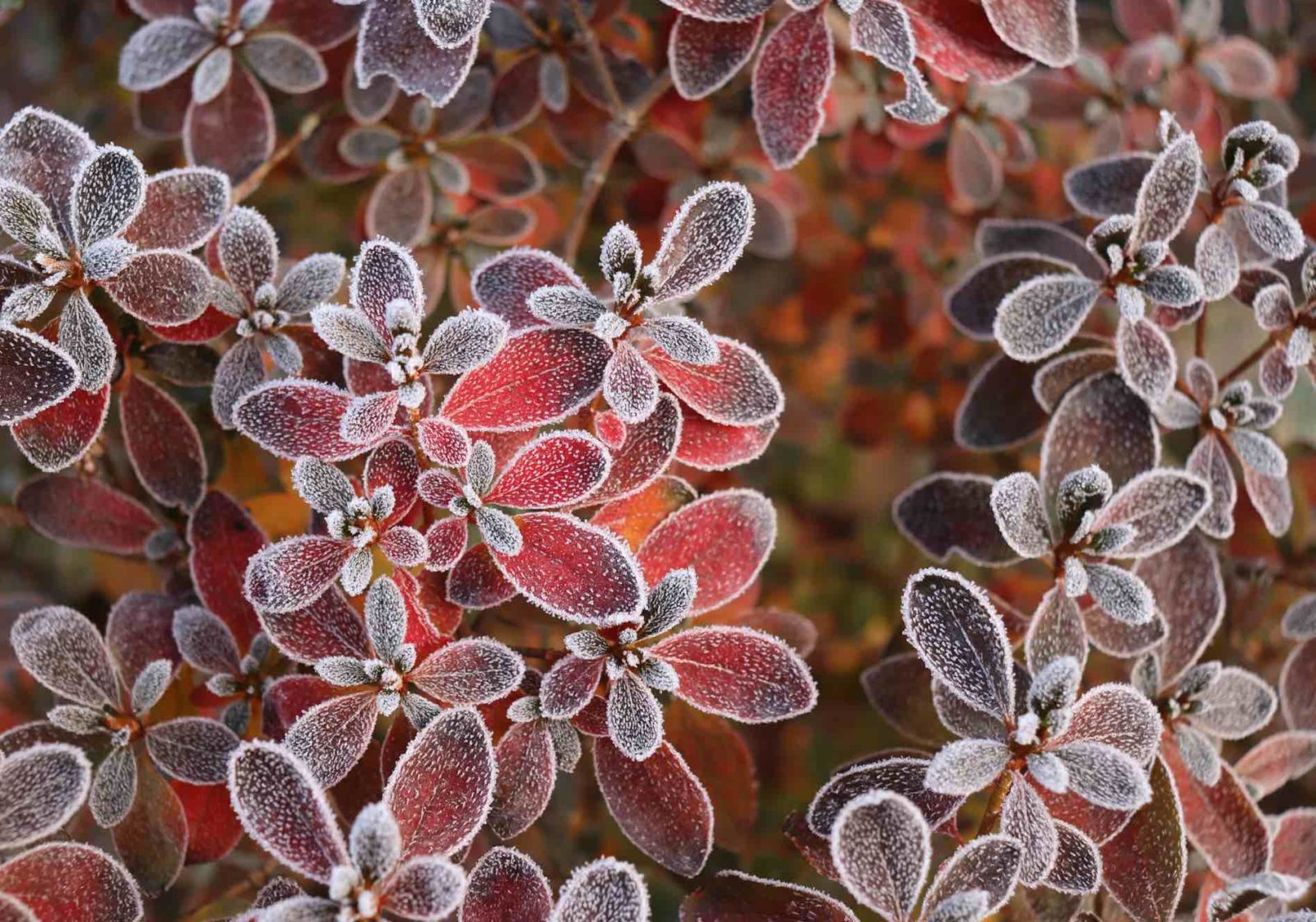Azaleas are iconic spring-blooming shrubs beloved for their colorful floral displays. However, these plants evolved in temperate regions and can suffer cold damage when frigid winter temperatures arrive unexpectedly. If you live in an area prone to sudden freezes, it’s important to understand azalea cold hardiness and how to protect them from freeze injury.
Azaleas form their flower buds in summer and fall to bloom the following spring A hard freeze can blast these emerging blooms, resulting in no flowers or a significantly reduced floral show Freeze damage can also kill stems, cause leaf drop, or make plants more susceptible to disease. The good news is that with proper care, most azaleas can bounce back from bouts of cold.
How Cold Hardy Are Azaleas?
Azalea cold tolerance varies widely by variety. In general, deciduous azaleas are more freeze-tolerant than evergreen types. Very cold-hardy deciduous azaleas like the Exbury, Knap Hill, and Mollis hybrids can survive temperatures down to -25°F (-32°C) when dormant. Popular evergreen azaleas range from quite tender (damaged below 15°F/-9°C) to exceptionally hardy, surviving -20°F (-29°C) or lower.
Encore azaleas, despite being evergreen, have excellent cold hardiness thanks to breeding with rhododendron species from harsh mountain environments. Autumn Royalty, for example, is rated for USDA Zone 6 where lows reach -5°F (-20°C).
Protecting Azaleas from Freezes
When chilly weather is forecast take these steps to shield azaleas from freeze damage
-
Water well before a freeze so soil can insulate roots. Don’t overwater.
-
Add mulch like pine straw around the base to protect roots.
-
Cover plants with light fabric secured against wind. Avoid plastic.
-
For potted azaleas, move containers together and cover close to the house.
-
Connect garden hoses for water to gently flow and prevent frozen pipes.
Caring for Freeze-Damaged Azaleas
Don’t prune freeze-damaged azaleas right away. Give them time to leaf out and assess damage. Look for these signs of injury:
-
Discolored, curled leaves that eventually turn brown and drop
-
Dead stems and branches
-
Flower buds dried out rather than plump
Once new growth resumes, prune out dead wood back to healthy growth. Remove any split branches. Azaleas often sprout new shoots from lower on the plant. Over time, continue selective pruning to restore their shape.
Choose Hardy Azalea Varieties
When shopping for new azaleas, opt for cold-tolerant varieties rated for your USDA Plant Hardiness Zone. Some top picks include:
- Deciduous – Northern Hi-Lights, Northern Lights, Glacier
- Evergreen – Girard’s Rose, Pink Clusters, Rosebud
- Encore – Autumn Royalty, Autumn Empress, Autumn Princess
Before you reach for the pruners, give azaleas a chance to recover naturally from winter damage.
Gardeners across the country experienced extreme cold temperatures this past winter leaving many azaleas damaged. Visible impacts include brown or blackened foliage, defoliation, and brown colored flower buds. Time will tell the severity of the damage, which may vary plant to plant across the landscape.
When to Prune Winter Damage
You might want to get rid of cold-damaged leaves right away, but the best thing to do is wait until new growth comes up. Only then can we determine the extent of the damage. If we prune too early, we might remove parts of the plant that are still alive and will heal on their own. In many cases, azaleas will shed the damaged foliage and leaf out in with fresh growth.
We can tell the difference between living and dead tissue once we see buds open or new leaves grow. Winter-damaged plants may be slow in leafing out, so be patient. Plants that have been hit harder may die back part of the way, and new leaves and stems may grow from the bottom of the plant. Cut back dead stems to a living bud or lateral branch, and get rid of any branches that are split down the middle. It may take a couple of years of shaping to regain a strong form.
Q&A – Did the spring freeze damage my azaleas?
FAQ
Will my azaleas come back after a hard freeze?
What is the lowest temperature azaleas can tolerate?
Do I need to cover azaleas for frost?
Are all azaleas cold hardy?
Can azaleas survive a freeze?
The many azalea varieties, which all belong to the Rhododendron genus, vary greatly in winter hardiness—some survive a freeze and others easily suffer cold damage. It is crucial that you pick one that is suitable for your USDA growing zone. Local nurseries typically tailor their offerings to your area.
Are azaleas winter hardy?
Most Azaleas are winter hardy in moderate climates, but only a few varieties can tolerate temperatures far below freezing. Luckily, there are ways to protect them. To help Azaleas avoid damage from winter weather, plant them in sheltered locations, use mulch, and make sure they get enough water while the ground isn’t frozen.
Do azaleas rebloom in winter?
If you have planted an azalea variety suitable for your climate, it will rebloom in the spring. In an exceptionally cold winter, or a winter with dramatic temperature fluctuations, the buds may suffer some cold damage. This may reduce the bloom in the following year, but this is temporary, and the plant usually recovers.
Do azaleas need shelter in winter?
Leave your shelter in place until the ground has thawed. If you get an early freeze in the fall or a late frost in the spring, you may want to give your Azaleas some extra temporary protection. The techniques for protecting Azaleas all winter will help here, but some are especially useful for unseasonable freezes.
- The Ultimate Guide to Growing Strawberries in Raised Beds - August 8, 2025
- No-Dig Garden Beds: The Easiest Way to Grow a Beautiful Garden - August 6, 2025
- How to Protect and Preserve Wood for Raised Garden Beds - August 6, 2025

